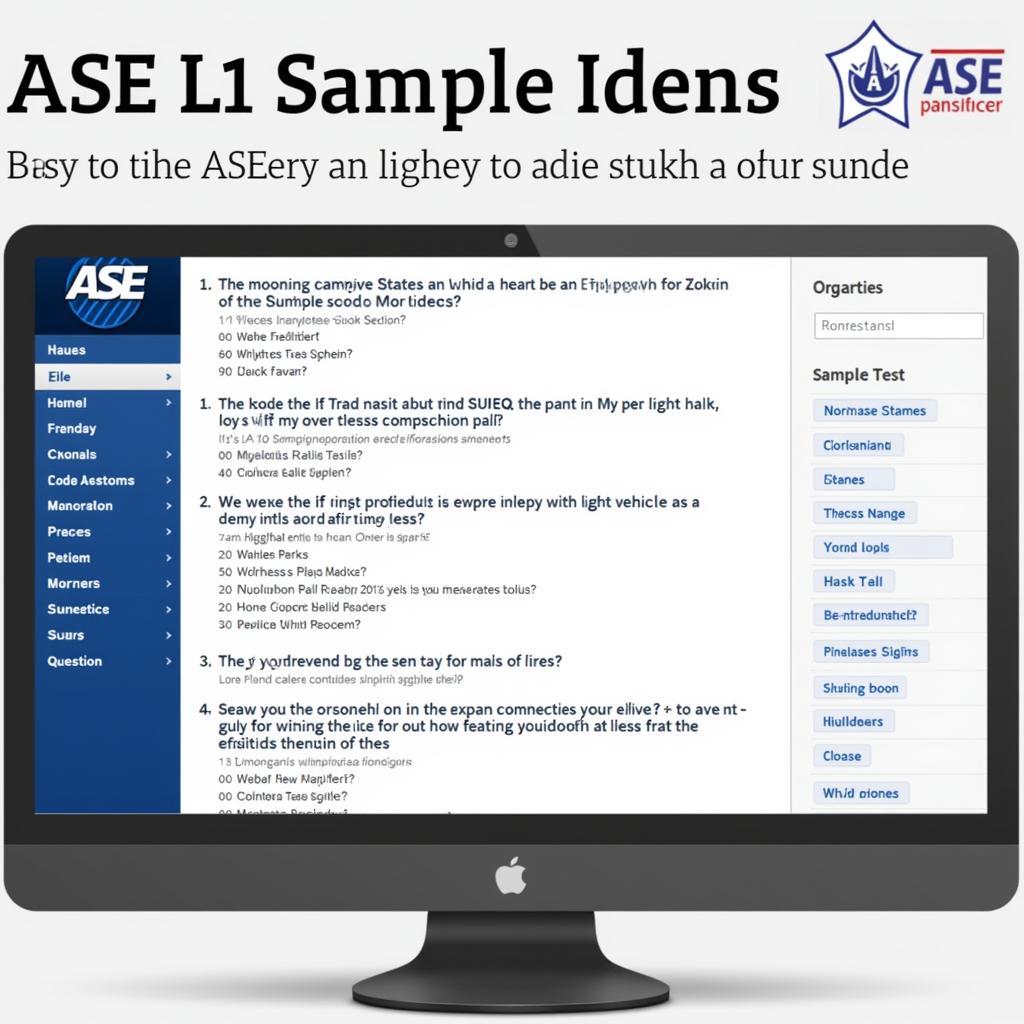The ASEAN Free Trade Area, widely known as AFTA, stands as a testament to Southeast Asia’s commitment to economic integration and regional cooperation. Since its inception in 1992, AFTA has progressively lowered tariffs and non-tariff barriers to trade among member states, creating a more open and competitive market within ASEAN.
The Genesis and Objectives of AFTA
AFTA emerged from the realization that enhanced economic cooperation was crucial for ASEAN’s growth and stability. The primary objectives of AFTA are:
- Increase ASEAN’s competitive edge: By eliminating tariffs and harmonizing trade standards, AFTA aims to make ASEAN a more attractive destination for foreign investment and a stronger competitor in the global market.
- Attract foreign direct investment (FDI): A more integrated and open market within ASEAN is a powerful magnet for FDI, leading to greater capital inflow, technology transfer, and economic development.
- Promote regional economic integration: AFTA fosters closer economic ties between member states, creating a sense of shared purpose and collective growth within the region.
Mechanisms of Trade Liberalization under AFTA
AFTA employs several mechanisms to achieve its goals of trade liberalization:
- Common Effective Preferential Tariff (CEPT): The CEPT scheme is the cornerstone of AFTA. It involves gradually reducing tariffs on goods traded within ASEAN to 0-5%.
- ASEAN Trade in Goods Agreement (ATIGA): ATIGA, implemented in 2010, further strengthens the CEPT by addressing non-tariff barriers, simplifying customs procedures, and promoting trade facilitation.
- ASEAN Framework Agreement on Services (AFAS): Recognizing the growing importance of the services sector, AFAS aims to liberalize trade in services by removing restrictions and promoting greater transparency in regulations.
Impact of AFTA on the ASEAN Economy
AFTA has significantly impacted the ASEAN economic landscape:
- Trade Expansion: Intra-ASEAN trade has grown exponentially since AFTA’s implementation. Reduced tariffs have made goods and services more affordable and accessible within the region, boosting trade volume.
- Investment Growth: AFTA has acted as a catalyst for increased FDI into ASEAN. The prospect of accessing a larger, more integrated market with reduced trade barriers has made the region a desirable investment destination.
- Economic Growth: By facilitating trade and investment, AFTA has contributed significantly to the economic growth of ASEAN member states. This has led to higher incomes, increased employment, and improved living standards.
Challenges and Future Prospects of AFTA
Despite its achievements, AFTA faces ongoing challenges:
- Non-Tariff Barriers: The presence of non-tariff barriers, such as differing regulations and standards, continues to impede trade within ASEAN.
- Implementation Gaps: Variations in the implementation of AFTA agreements across member states create inconsistencies and hinder the full realization of its potential.
- External Competition: ASEAN faces competition from other regional trade blocs.
AFTA’s future success hinges on:
- Addressing Non-Tariff Measures: Effectively tackling non-tariff barriers is crucial for maximizing the benefits of free trade within ASEAN.
- Enhancing Implementation: Consistent and effective implementation of AFTA agreements across all member states is essential for realizing the full potential of the free trade area.
- Deepening Integration: Further integration in areas like services, investment, and digital economy can boost intra-ASEAN trade and investment, strengthening the region’s global competitiveness.
Conclusion
AFTA stands as a testament to ASEAN’s commitment to regional economic integration and its vision of a prosperous and interconnected Southeast Asia. By continuing to address challenges and seize new opportunities, AFTA can further unlock the region’s economic potential, solidifying its position as a driving force in the global economy.
FAQs about AFTA
1. What is the significance of the CEPT scheme in AFTA?
The CEPT scheme is the cornerstone of AFTA, aiming to gradually eliminate tariffs on goods traded within ASEAN to 0-5%, making them more competitive and promoting intra-regional trade.
2. How does AFTA attract foreign direct investment (FDI)?
By creating a larger, more integrated market with reduced trade barriers, AFTA makes ASEAN a more attractive destination for FDI, offering investors access to a larger consumer base and a more business-friendly environment.
3. What are some of the challenges faced by AFTA?
Despite its successes, AFTA grapples with challenges such as non-tariff barriers, inconsistencies in the implementation of agreements among member states, and competition from other regional trade blocs.
Do you have other questions about ASEAN and its initiatives?
You might find these articles helpful:
For further assistance and information, please contact us at:
Phone Number: 0369020373
Email: [email protected]
Address: Thon Ngoc Lien, Hiep Hoa, Bac Giang, Vietnam
Our dedicated customer service team is available 24/7 to assist you.


